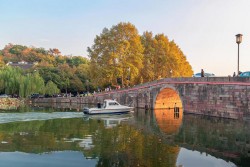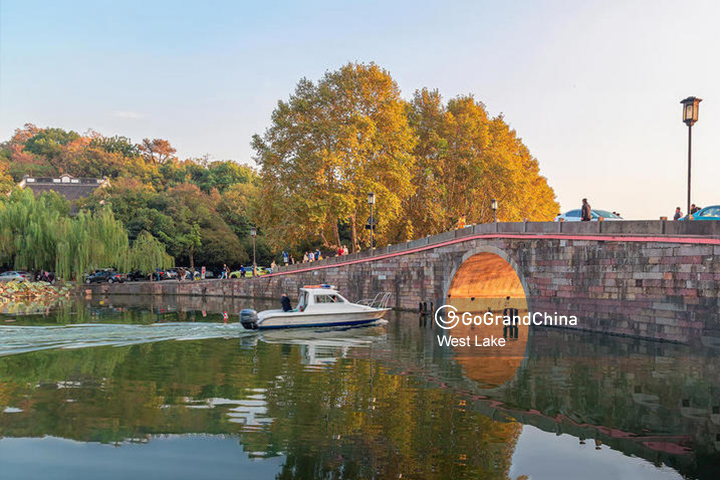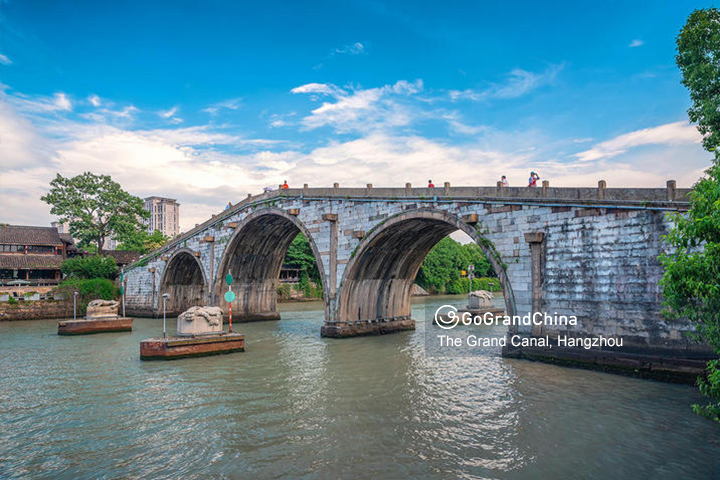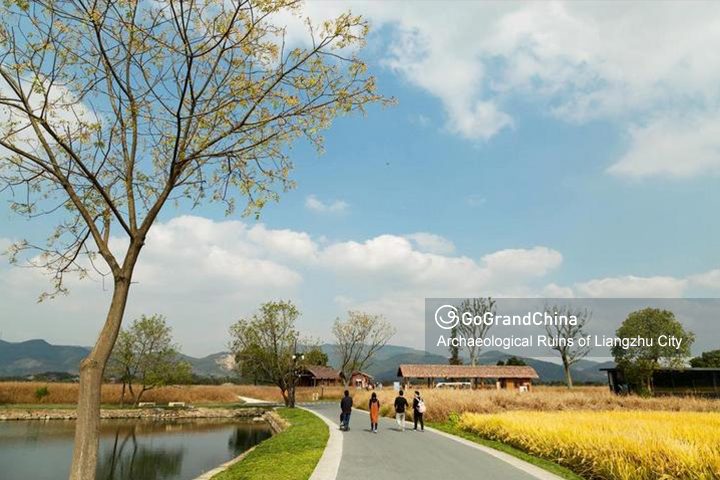You have no items in your shopping cart.


Introducing UNESCO World Heritage Sites in Hangzhou
Hangzhou & its surrounding areas have a total 3 cultural and natural places inscribed on the UNESCO World Heritage List as of 2020. West Lake Cultural Landscape of Hangzhou became the UNESCO World Heritage Site in 2011. Running from the capital Beijing in the north to Hangzhou in the south, the Grand Canal was named as a world natural heritage by UNESCO in 2016. The Archaeological Ruins of Liangzhu City was inscribed on the list in 2019. If you happen to be in Hangzhou or anywhere else in Zhejiang province, be sure to drop by these amazing UNESCO World Heritage Sites. Each of Hangzhou's UNESCO World Heritage Site has a tale to tell. Book GoGrandChina tour packages to learn the tales of Hangzhou's UNESCO World Heritage Sites at the most affordable prices.
West Lake Cultural Landscape of Hangzhou
The West Lake Cultural Landscape of Hangzhou, comprising the West Lake and the hills surrounding its three sides, has inspired famous poets, scholars and artists since the 9th century. It comprises numerous temples, pagodas, pavilions, gardens and ornamental trees, as well as causeways and artificial islands. These additions have been made to improve the landscape west of the city of Hangzhou to the south of the Yangtze river. The West Lake has influenced garden design in the rest of China as well as Japan and Korea over the centuries and bears an exceptional testimony to the cultural tradition of improving landscapes to create a series of vistas reflecting an idealised fusion between humans and nature. Get more about West Lake.

The Grand Canal
The Grand Canal is a vast waterway system in the north-eastern and central-eastern plains of China, running from Beijing in the north to Hangzhou in the south. Constructed in sections from the 5th century BC onwards, it was conceived as a unified means of communication for the Empire for the first time in the 7th century AD (Sui dynasty). This led to a series of gigantic construction sites, creating the world’s largest and most extensive civil engineering project prior to the Industrial Revolution. It formed the backbone of the Empire’s inland communication system, transporting grain and strategic raw materials, and supplying rice to feed the population. By the 13th century it consisted of more than 2,000 km of artificial waterways, linking five of China’s main river basins. It has played an important role in ensuring the country’s economic prosperity and stability and is still in use today as a major means of communication. Get more about Grand Canal in Hangzhou.

Archaeological Ruins of Liangzhu City
Located in the Yangtze River Basin on the south-eastern coast of the country, the archaeological ruins of Liangzhu (about 3,300-2,300 BCE) reveal an early regional state with a unified belief system based on rice cultivation in Late Neolithic China. The property is composed of four areas – the Area of Yaoshan Site, the Area of High-dam at the Mouth of the Valley, the Area of Low-dam on the Plain and the Area of City Site. These ruins are an outstanding example of early urban civilization expressed in earthen monuments, urban planning, a water conservation system and a social hierarchy expressed in differentiated burials in cemeteries within the property. Please feel free to contact GGC by WhatsApp (+86-18309280878), Wechat (+86-18309280878) or email (info@GrandChinaTravel.com) for a tailor-made tour of the Ruins of Liangzhu City if you are interested.
